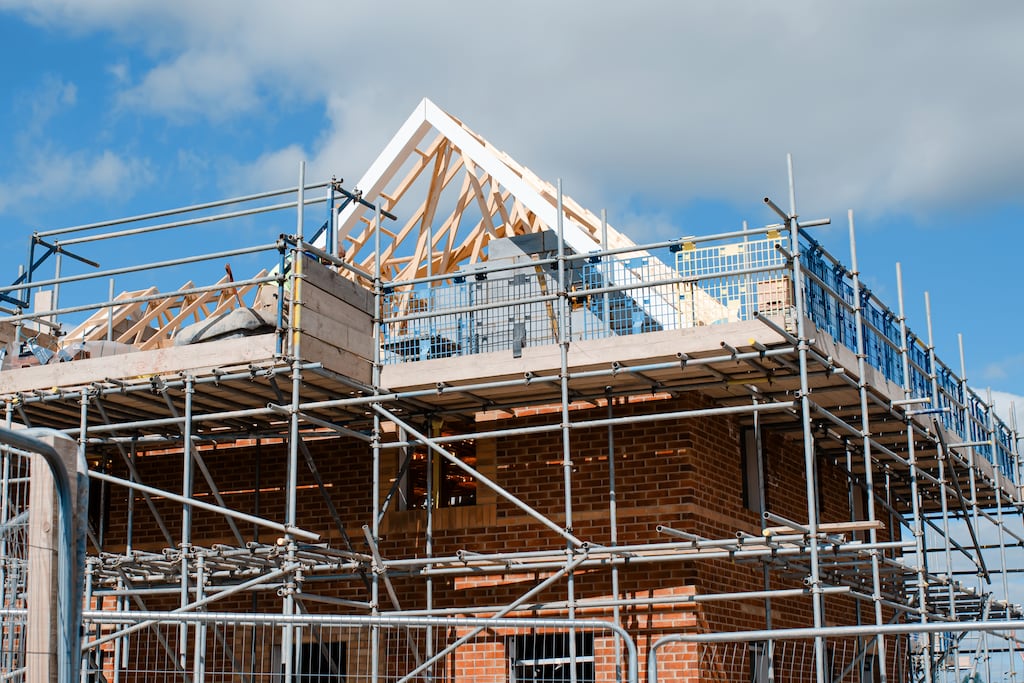The Government’s annual housing target, set at just over 33,000 new homes for this year, is hopelessly outdated and set for revision. A new target based on the 2022 census and other inputs is due to be announced.
It is predicted it will be in the range of 50,000 homes, which will sit squarely in the range identified by the Housing Commission. The adequacy of such a revised target – and its costs – is already being debated. Davy, the Bank of Ireland owned wealth management company, takes the view that 85,000 houses a year are needed.
It is only natural that the annual target and the amount of money needed to meet it should be promoted as the key metrics by which to measure the Government efforts to address the housing shortage.
They are attractive to politicians as they suggest there is a simple solution to a very complex problem; spend money and build more houses. The more houses and the more money the better as far as voters are concerned.
READ MORE
It is, however, something of a trap for policy makers as the Government is now finding out. The number of variables involved – including net immigration – mean true demand is very hard to predict and the risk is that policy will always be chasing a moving target.
It is difficult to design and implement effective policy against such a background and there is a strong argument that the Government would be better served focusing on the things that it can control, and which will ultimately determine the delivery of housing.
Most of them were identified in the recent report of the Housing Commission. The biggest and most obvious is the planning system. It is too slow, and the process is all too easily hijacked with vested interests regularly trumping the wider public good in getting more houses built. New planning legislation is going through the Oireachtas, but will not be enacted until later this year. In the meantime, some administrative reforms are at least showing some improvement. Meanwhile measures to upscale the construction sector and funding to it remain vital.
The lack of basic infrastructure and services is another massive constraint at both the national and local level. Two large projects, one for water supply to the eastern region and the other drainage in the greater Dublin area must be delivered. After months of delay, Uisce Éireann has finally got clearance to proceed to seek planning for the water project, involving a pipeline across the State from the Shannon. The suspicion must be that this was delayed until the local elections had been held.
Delivering these goals is not going to generate headlines but will have a much greater impact on the housing shortage than ever more ambitious targets and eye-watering funding estimates.












